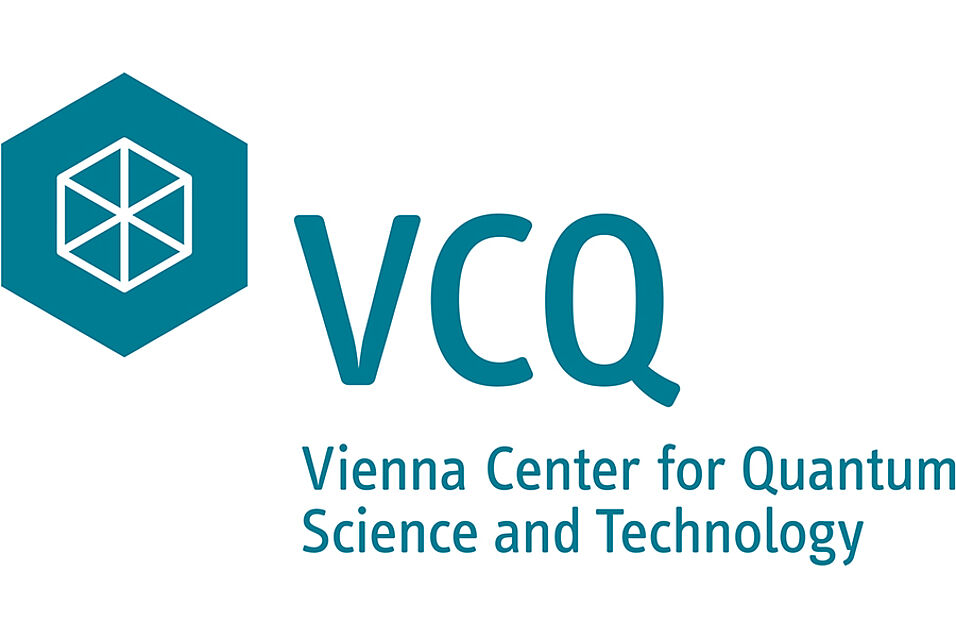The computational resources required to describe the full state of a quantum many-body system scale exponentially with the number of constituents. This severely limits our ability to explore and understand the fascinating phenomena of quantum systems using classical algorithms. Quantum simulation offers a potential route to overcome these limitations. The idea is to build a well-controlled quantum system in the lab, which represents the problem of interest and whose properties can be studied by performing controlled measurements.
Quantum simulators based on neutral atoms in optical lattices have entered the regime of ultra-low temperatures and long coherence times. Moreover, they now support the creation of large, homogeneous arrays comprising several thousand atoms, while maintaining single-atom control. In this talk, I will demonstrate how such systems enable the exploration of topological phases of matter and provide insights into fundamental questions regarding the thermalization of isolated quantum systems. Specifically, I will highlight recent advances facilitated by the programmability of these platforms enabling access to novel observables beyond conventional density or occupation measurements.
17:00 Get-together with snacks
17:30 VCQ Student talk
17:45 VCQ Colloquium talk

